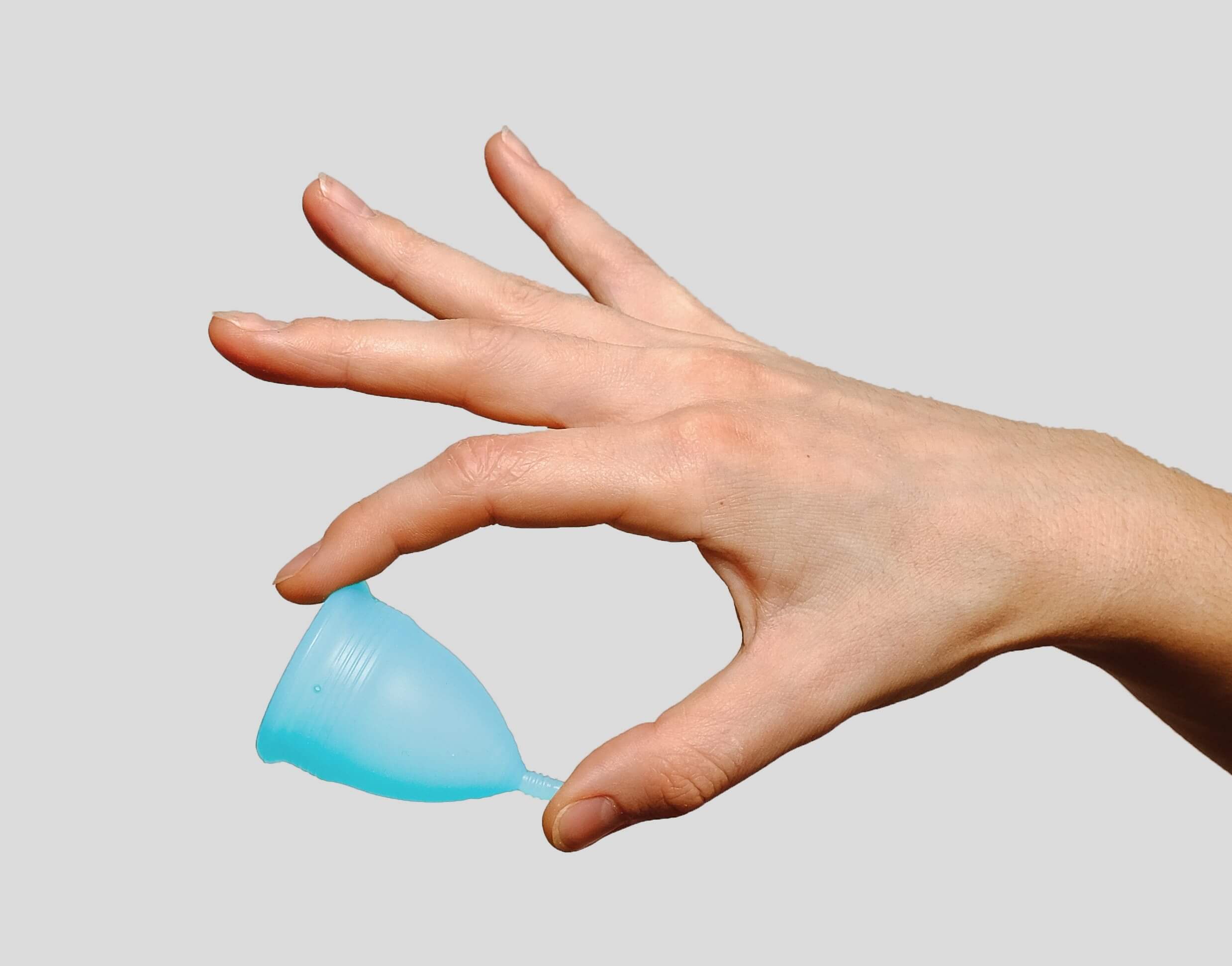While traditional period products like tampons and pads still remain widely used, sustainable alternatives such as menstrual cups are gradually making their mark. Offering cost-effectiveness and environmental friendliness, menstrual cups are a long-lasting, reusable period product option that could last up to a decade.
An Introduction To Menstrual Cups
Menstrual cups are compact, flexible devices inserted into the vagina to collect menstrual flow. These viable alternatives to tampons and pads are typically composed of medical-grade silicone, but can also be made from rubber, latex, or elastomer. They offer up to 12 hours of protection depending on your flow, after which they need to be emptied, cleaned, and reused.
Menstrual cups come in two main types: the vaginal cup, which is designed to rest lower in the vaginal canal below the cervix (similar to a tampon), and the cervical cup, which is meant to sit farther up in the vaginal canal, encircling the cervix.
Who Can Use Menstrual Cups?
Menstrual cups are suitable for virtually anyone, including most virgins, women who have given birth, or those with an IUD or contraceptive vaginal ring. With a variety of sizes and brands available, it may take a few tries to find your perfect fit.
Most virgins can comfortably use menstrual cups; it's often advised to start with a smaller size to reduce potential discomfort. Women with an IUD can also safely use a menstrual cup; care should be taken not to pull on the IUD strings when removing the cup. Moreover, if you're using a smooth-bottomed cervical cup, it's possible to have intercourse without removing the cup.
If you have any uncertainties about using a menstrual cup, we recommend consulting your healthcare provider.
How To Use A Menstrual Cup: A Step-By-Step Guide
Though menstrual cups may seem a bit intimidating initially, with some practice, they can be an effortless and safe method to manage your period. Here are some straightforward steps on how to use a menstrual cup:
- Cleaning: Disinfect your cup by boiling it in water for five minutes before your first use and after each cycle. During your period, a rinse with warm water and mild soap is enough.
- Folding: Fold the cup to make the wide opening smaller for easier insertion.
- Insertion: Find a comfortable position (standing or squatting), hold the folded cup with one hand and use your other hand to part your vaginal lips. Slowly insert the cup while maintaining its folded position.
- Opening: Let the cup 'pop' open inside your vagina. Gently push it in deep enough that the stem doesn't protrude, but not so deep that you can't grasp the stem.
- Rotate: Some instructions recommend twisting the cup to ensure a secure seal.
- Check: Feel around the rim with a finger or gently pull the stem to ensure the cup has opened properly and is securely in place.
- Wear: You can wear the cup for up to 12 hours. Some women prefer wearing a panty liner as a backup for potential leaks.
The Benefits Of Using Menstrual Cups
One of the main advantages of menstrual cups is their reusability, making them extremely cost-effective. However, the benefits don't stop there:
- Extended time between emptying removes the need for carrying extra pads or tampons.
- Menstrual cups can be inserted ahead of expected period start to avoid leaks.
- The 12-hour wear time offers a convenient solution for overnight use.
- Cups interfere less with daily activities and can be used during exercise or swimming.
- Many women find cups more comfortable than other period products.
- Cups are odorless and composed of medical-grade materials, eliminating concerns about chemically treated fibers from tampons.
The Potential Disadvantages Of Menstrual Cups
Inserting and removing a menstrual cup can take some getting used to, and finding the right fit might require trying different brands or sizes. Until then, the cup might feel uncomfortable or result in leaks.
Cleaning the cup in public restrooms might be inconvenient or embarrassing for some users. To mitigate this, consider carrying a clean spare cup.
Lastly, a rare risk associated with menstrual cups, like tampons, is toxic shock syndrome. This potentially fatal condition occurs when bacteria enter the body and release harmful toxins.


 71–75 Shelton Street, Covent Garden, London, WC2H 9JQ
71–75 Shelton Street, Covent Garden, London, WC2H 9JQ +44 (0) 20 3376 1032
+44 (0) 20 3376 1032



